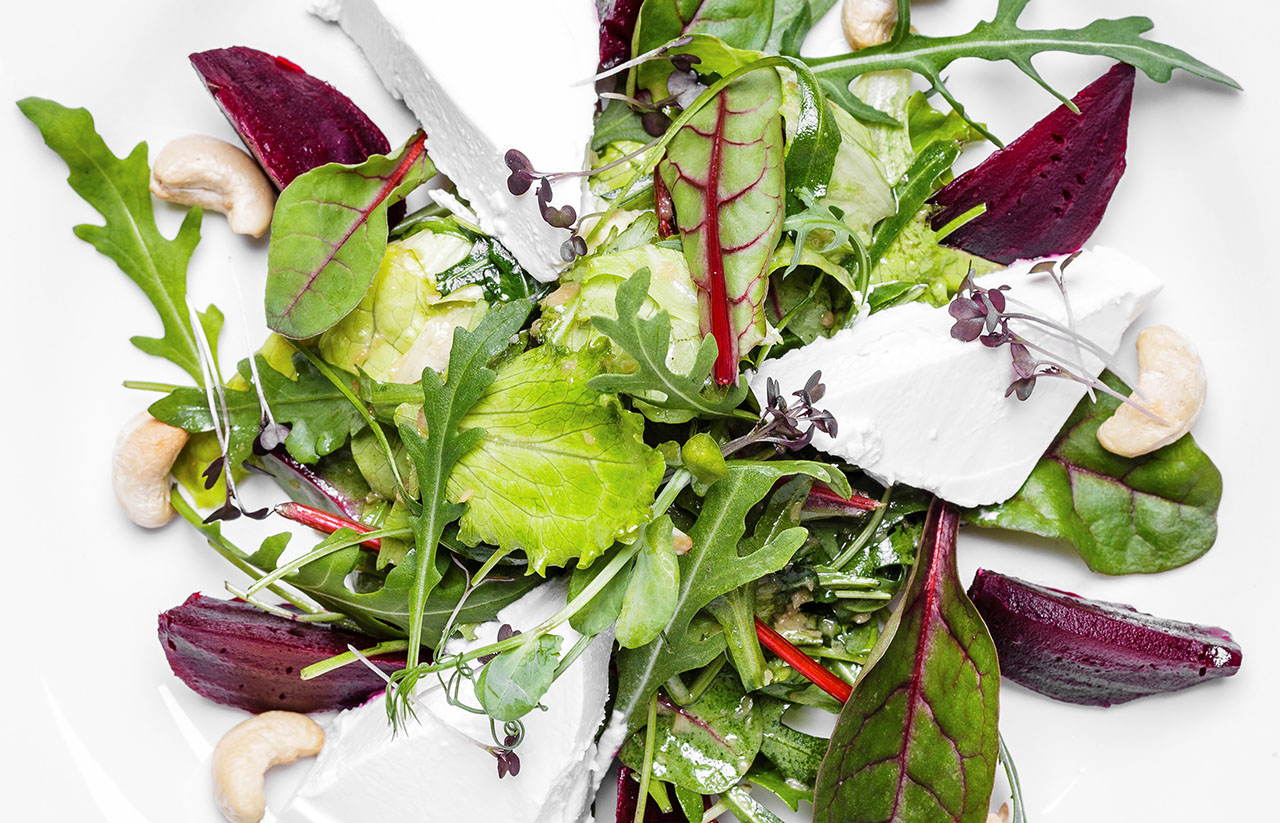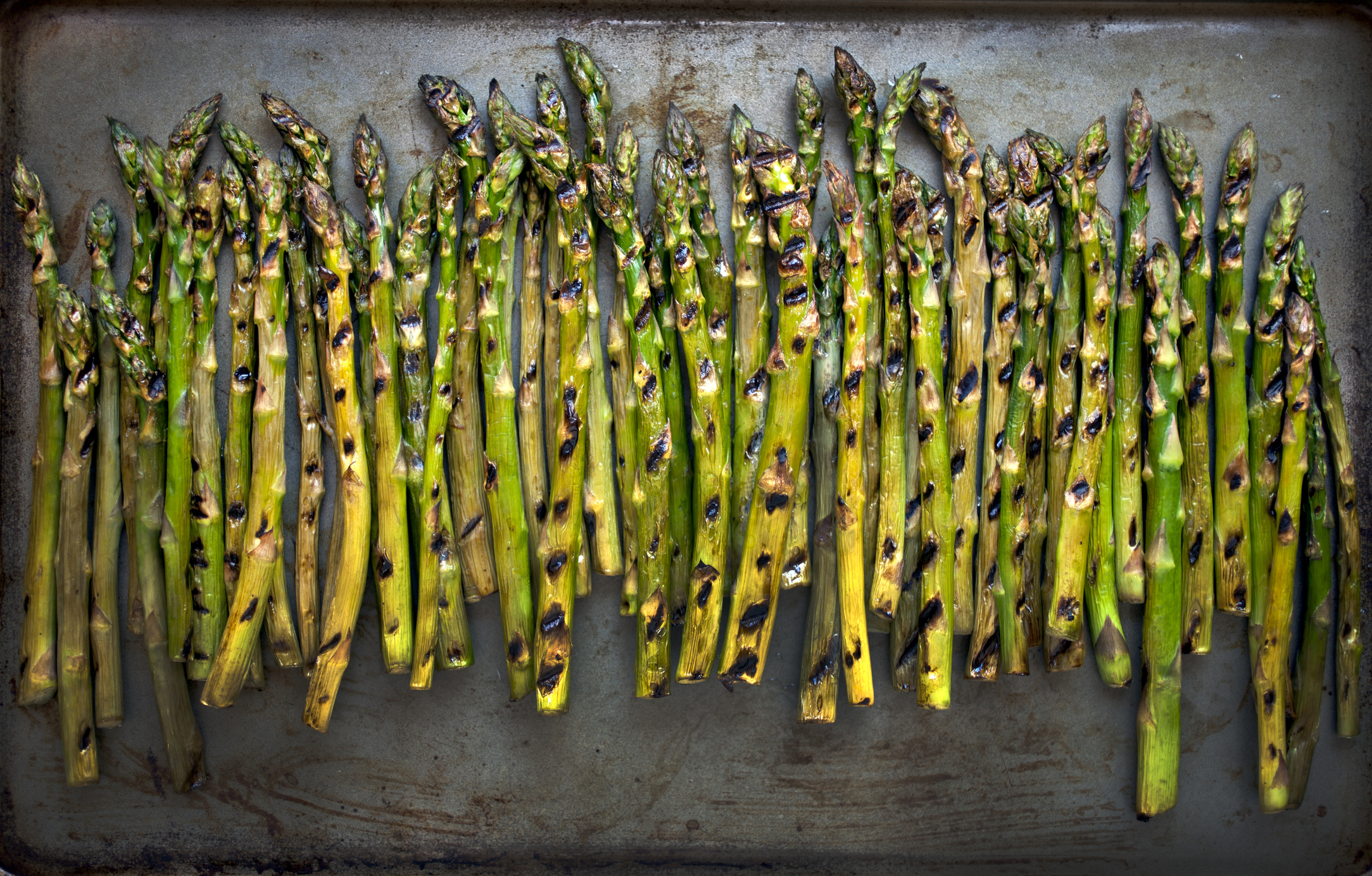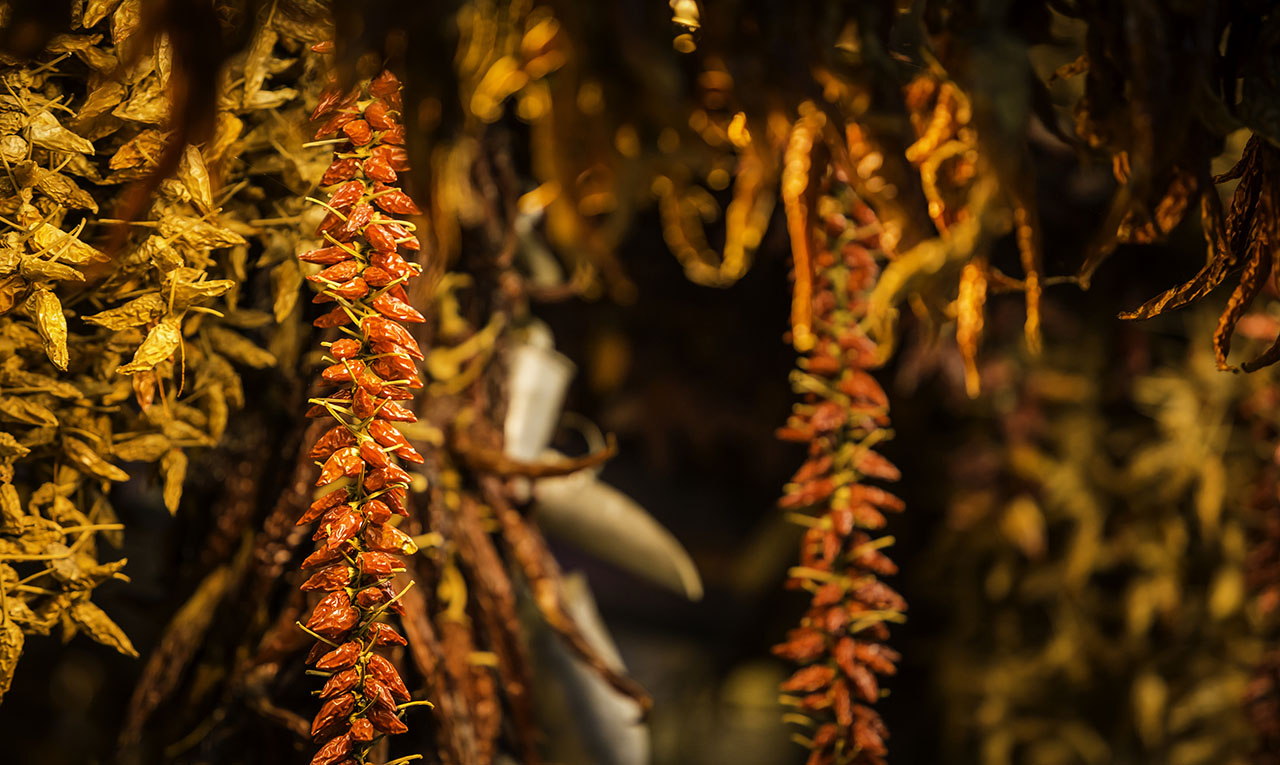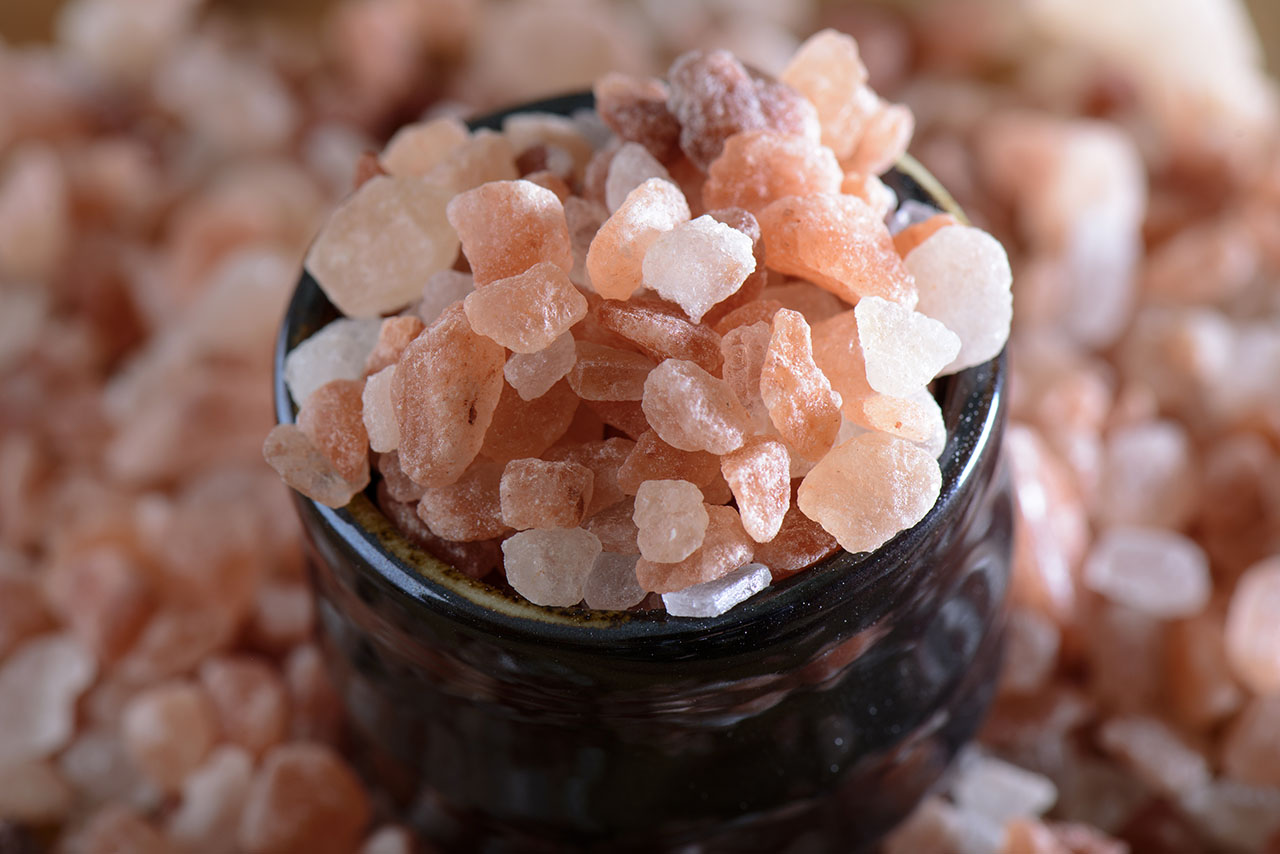
In judging which specific foods belong in your Pitta diet, let’s discuss the importance of tastes. First let me say that all tastes should be present in every meal. However tastes such as sweet, bitter and astringent are preferred for balancing Pitta over tastes like salty, sour and pungent which are all heating, so keep that in mind when seasoning your summer meals. Let’s look at each of the six tastes.
The sweet taste is cooling and heavy but also anti-inflammatory. I know what you are thinking…I thought sugar caused inflammation. Sugary sweet foods such as refined sugar products are not what we are talking about here. We are looking at naturally sweet foods. The sweet taste cools the fiery Pitta mind. The sweet taste pacifies heat, benefits the skin and hair, is grounding, nourishing, strength building, and is satisfying and eliminates thirst. Sweet tastes are found in foods like sweet fruits, most grains, squashes, root vegetables, and milk as well as ghee and fresh yogurt.

Kale, collard, and dandelion greens are considered the bitter taste. And not that we just want to eat those, but they can be mixed in with other greens such as lettuces. The bitter taste is also achieved through spices such as cumin, turmeric, neem, and saffron. Bitter melon, artichokes, and dark chocolate (alleluia!) are also considered bitter. Not only are the bitter taste foods cooling, they are also drying. Remember Pitta is fire and water, so cooling and drying are required to tone the skin and muscles, benefit the blood, relieve burning and itching sensations, satisfy thirst, balance the appetite, support digestion and help absorb sweat, moisture and excess pitta. The bitter taste also cools the fiery Pitta mind.

The astringent taste is heavy, cold, and dry and lends to a flavor of dryness a taste that dries the mouth and may cause it to contract. Beans such as kidney beans, lentils, black eyed peas, chick peas, soybeans and black-eyed peas are astringent in taste. Apples, cranberries, pomegranate (my favorite fruit after watermelon), artichokes, broccoli, cauliflower, lettuce, popcorn, crackers, and rice cakes are astringent. The herbs basil, dill, and parsley are considered astringent as well as the spices: coriander, fennel, and turmeric. (If you have ever gone crazy with turmeric, you know what I mean, and who hasn’t?) The benefits to Pittas come from the compressing, and absorbing nature of astringent taste. It curbs the tendency to spread, tones bodily tissues, prevents bleeding disorders, controls diarrhea, and absorbs excess sweat in the body. The astringent taste draws in the over-confidence of Pitta types.
The three tastes you want to minimize in an effort to balance pitta are Pungent, Sour and Salty.

Pungent is a hot flavor, like peppers, chilies, radishes, raw onions and the heating spices of black pepper, cayenne pepper or red chili powder, cinnamon, cumin, hing, nutmeg, saffron, and turmeric. Too much pungent taste can cause excess thirst, burning sensations, bleeding, dizziness, and inflammation (especially in the intestinal tract: ulcers, acid reflux). Excess pungent taste quickly excites anger and resentment. Okay for that word on hot sauce. Try using a milder pepper, throw in some cilantro to cool it down and honestly, if you are a true Texan you have been eating hot sauce since you were born, ask my kids, you have acclimated to peppers and are probably just fine!
The Sour Taste aggravates Pitta due to its hot, light, and oily qualities. Too much sour taste can increase thirst, disturb the blood, create heat in the muscles, cause wounds to not heal, and give rise to the burning sensations in the throat, chest, or head. It can even promote sour feelings like jealously and envy and easily irritates Pitta types, causing them to become angry, manipulative, or overly critical. Foods that have a sour taste are vinegars, and other fermented foods, hard cheeses, sour cream, green grapes, pineapple, grapefruit and alcohol.

The Salty Taste is light, hot, and oily in nature and excites the Pitta mind. Salt itself is what causes something to taste salty. It can disturb the blood’s balance (high blood pressure), impede the sense organs, increase heat, aggravate the skin, and intensify inflammation. It leads to the rupturing of tissues, cause water retention, intestinal inflammation, and excess thirst. It can also intensify our desire for stronger flavors which provokes Pitta even further. And now for the bad news, too much salty taste can cause grey hair, and wrinkles! Yikes! And there go the salt shakers!
It takes some practice to master the “taste” piece of the eating puzzle, but just play with it for awhile, try different things. Soon you will find that the better balanced your meals are in the catagory of taste, the more satisfied you will feel with less food. In a society that has a hard time with portion control, this could serve to be a real key to saving our waistlines, our bank accounts and our natural resources.
Continue reading Part 3 to see what a Pitta “meal plan” might look like.
Thanks for reading and stay cool.
